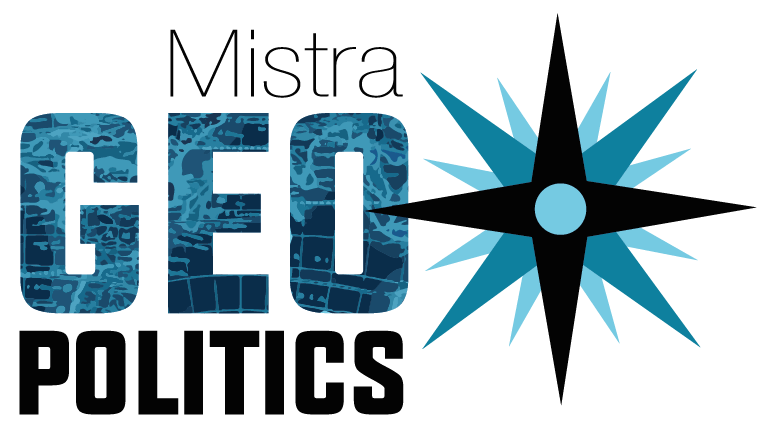This website uses cookies so that we can provide you with the best user experience possible. Cookie information is stored in your browser and performs functions such as recognising you when you return to our website and helping our team to understand which sections of the website you find most interesting and useful.
The ‘conflict trap’ reduces economic growth in the shared socioeconomic pathways
Summary
In this journal article, authors from Uppsala University, the Peace Research Institute in Oslo and Carleton University in Canada, simulate the incidence of armed conflict and its effect on economic growth simultaneously along the economic pathways defined by the shared socioeconomic pathways (SSPs). The article is published in Environmental Research Letters.
Håvard Hegre is a Professor of Peace and Conflict Research at Uppsala University and Research Professor at Peace Research Institute Oslo. Hegre is one of four authors in this article and contribute to research outputs within Mistra Geopolitics.
Key messages
- In any year in the future, then, 10%–25% of all countries, depending on the shared socioeconomic pathways, will have an ongoing armed conflict.
- Countries like the Scandinavian countries have incomes that are unaffected by conflict.
- Countries like Bangladesh (BNG), Tanzania (TZ), Afghanistan (AFG), and the Democratic Republic of the Congo (DRC) are predicted to have conflict in 2100 in 40%–60% of the simulations, and our estimated corrections range between −40% and −65%.
Conclusion
This research improves the understanding of links between economic development and civil conflict as well as produces forecasts of future conflict burdens that are consistent with widely used climate change scenarios. We successfully model the effect of the conflict trap on economic growth over the course of the 21st century, providing a first indication of how the ENV-Growth projections of GDP per capita can be corrected for the effect of armed conflict. Globally, our corrected projections are close to 25% lower than the original at the end of the century for the most optimistic Shared Socioeconomic Pathways, and more than 30% lower in the least optimistic ones. Thus, the ENV-Growth model (Dellink et al 2017) clearly over-estimates future growth in conflict-prone countries.
Citation
Kristina Petrova et al 2023 Environ. Res. Lett. 18 024028, DOI 10.1088/1748-9326/acb163. Authors: Kristina Petrova; Gudlaug Olafsdottir; Håvard Hegre; Elisabeth A Gilmore.


 27/01/2023
27/01/2023

 Authors of this publication
Authors of this publication
